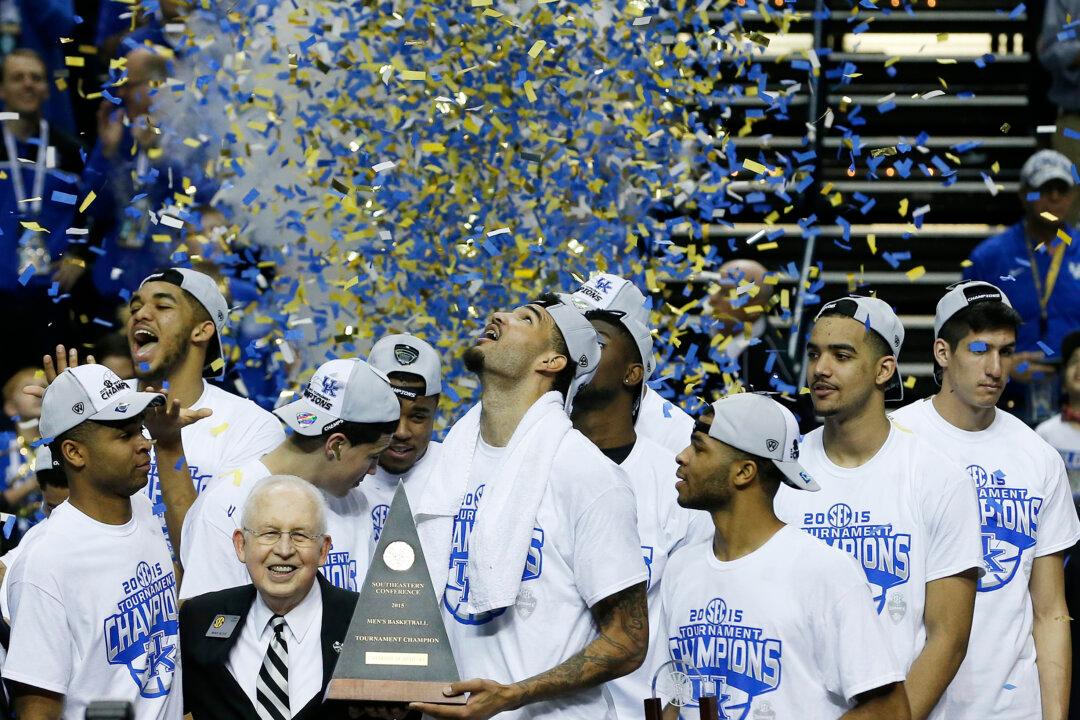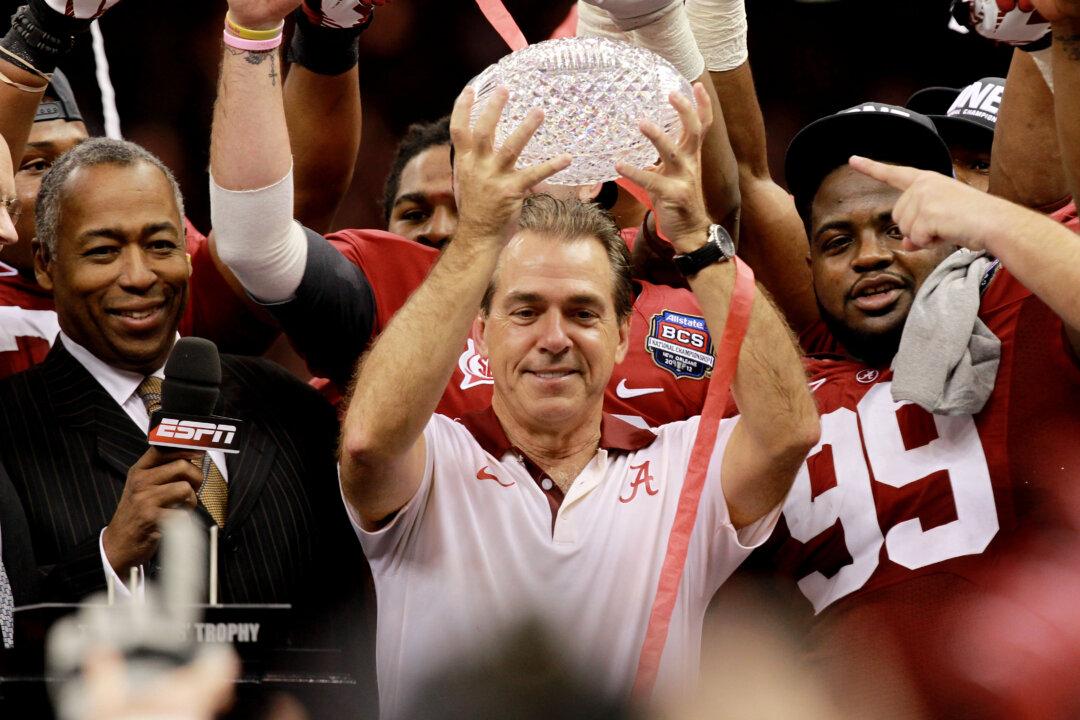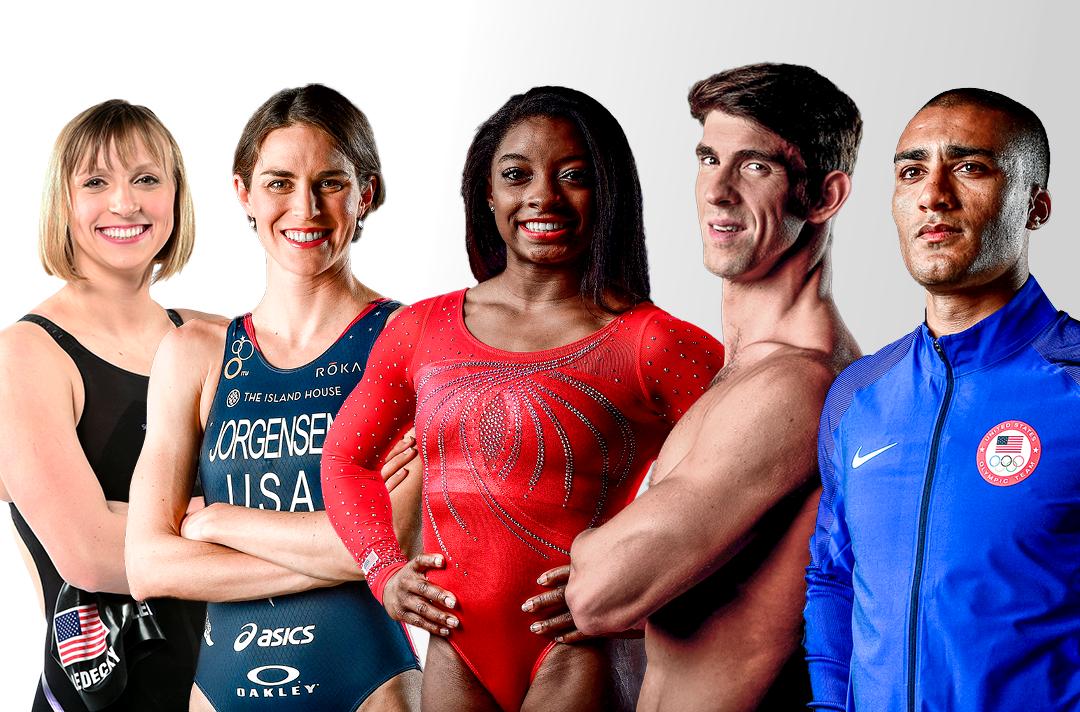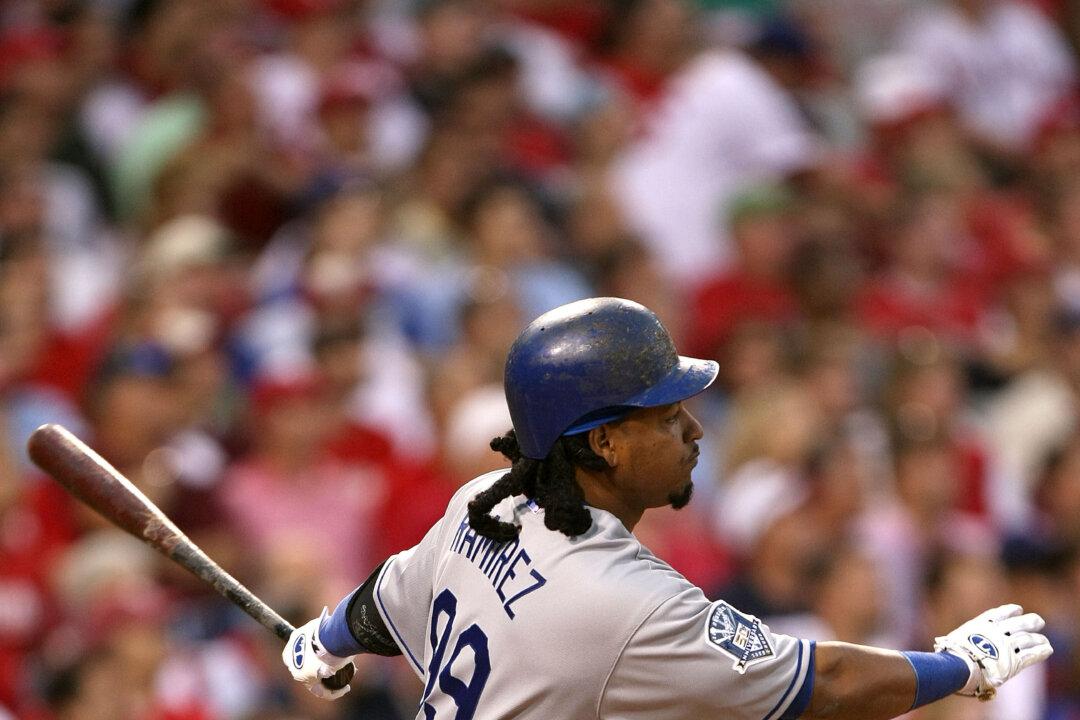During my life, I’ve had the pleasure of seeing my beloved Kansas Jayhawks win the NCAA championship twice. In 2008 a 37–3 top-seeded Kansas team took down Memphis in the title game, thanks to a last-second 3-pointer by Mario Chalmers to force overtime.
That was a great KU team. Two months later, five players from that squad were selected in the NBA draft.
Exactly 20 years earlier, an unheralded, unranked sixth-seeded 27–11 team, led by All-American Danny Manning and coached by journeyman Larry Brown, shocked the nation and won the tournament as a major underdog.
I remember that team well. My parents had just purchased a VCR that year and I taped every single KU game and watched them over and over until the tapes were virtually worn out. (Surprisingly, I had no girlfriend at the time.)
Of course, I was off-the-charts happy that my favorite team had won the title. I was a fifth-grader and I’m pretty sure I ran around our house like a kid hopped up on sugar (I probably was) boasting of our title and how my beloved KU was now officially the best.






